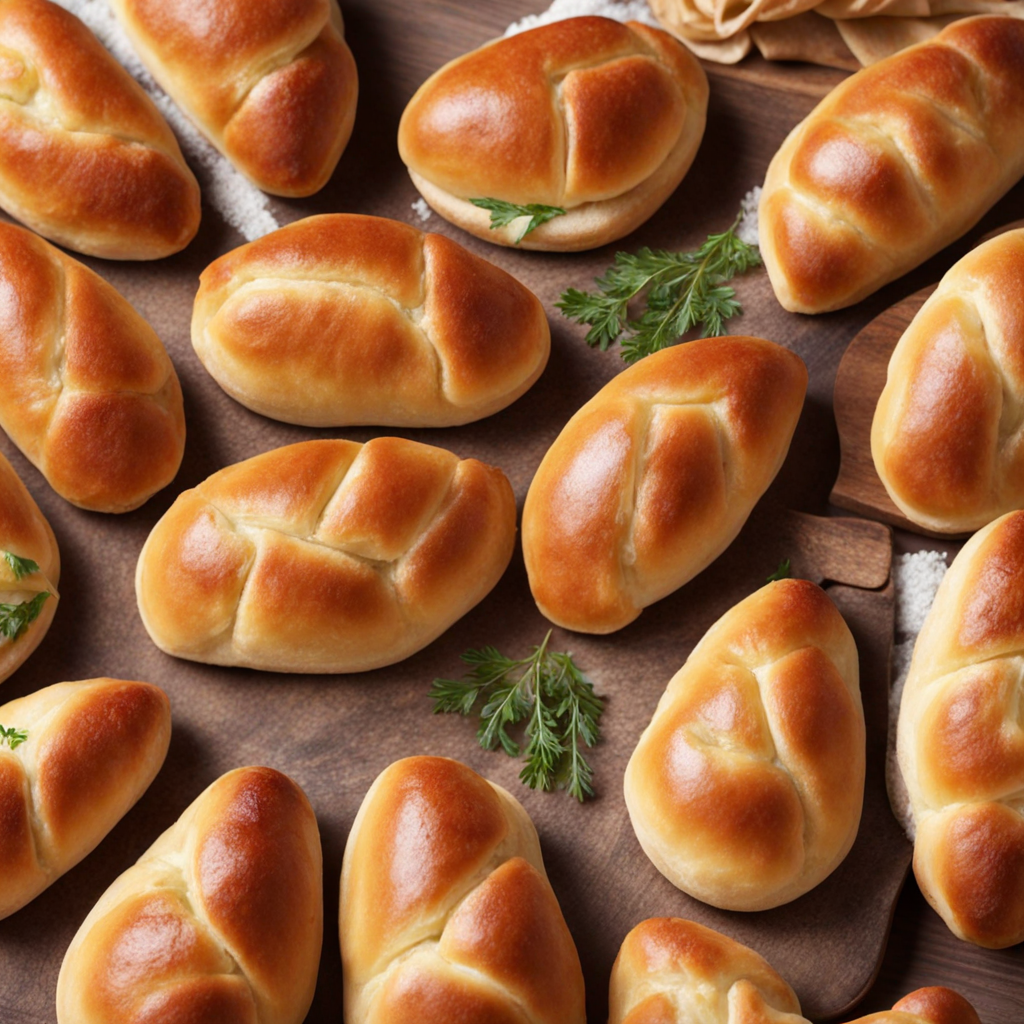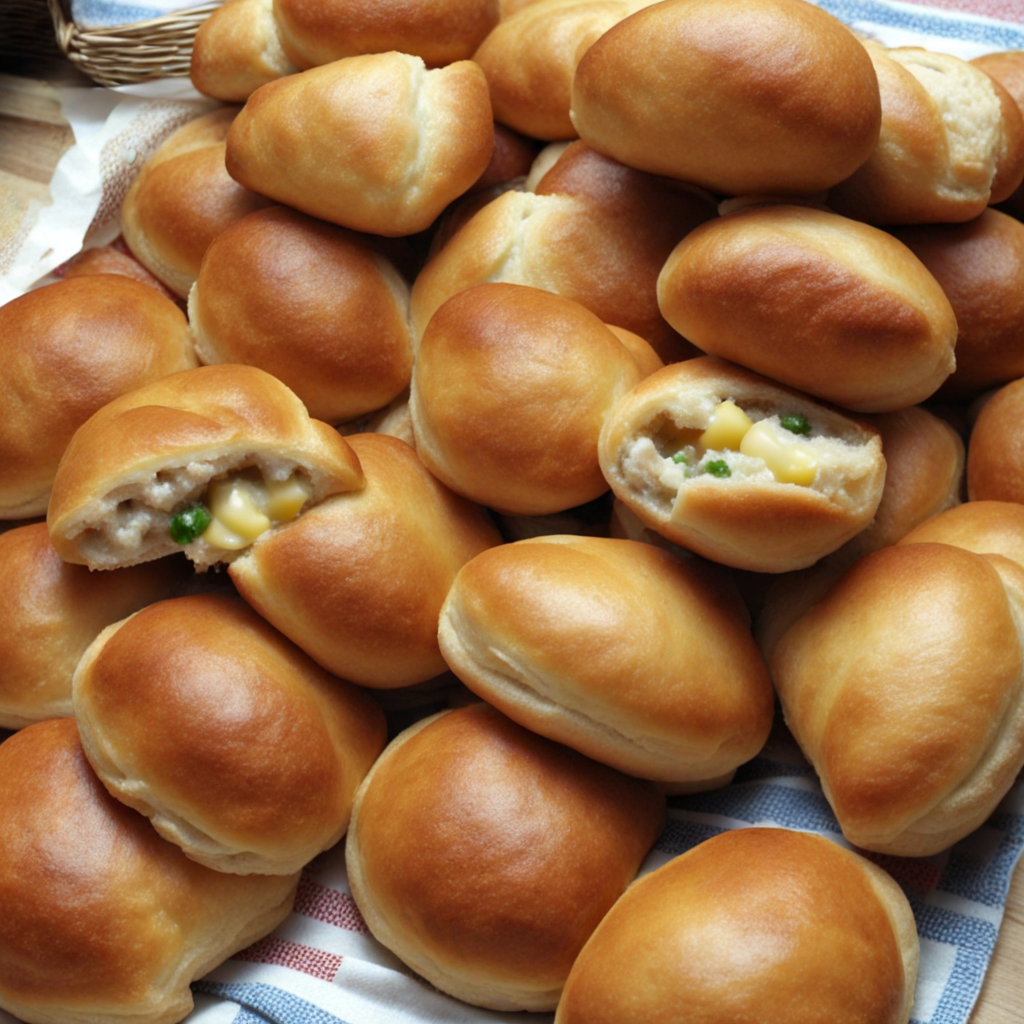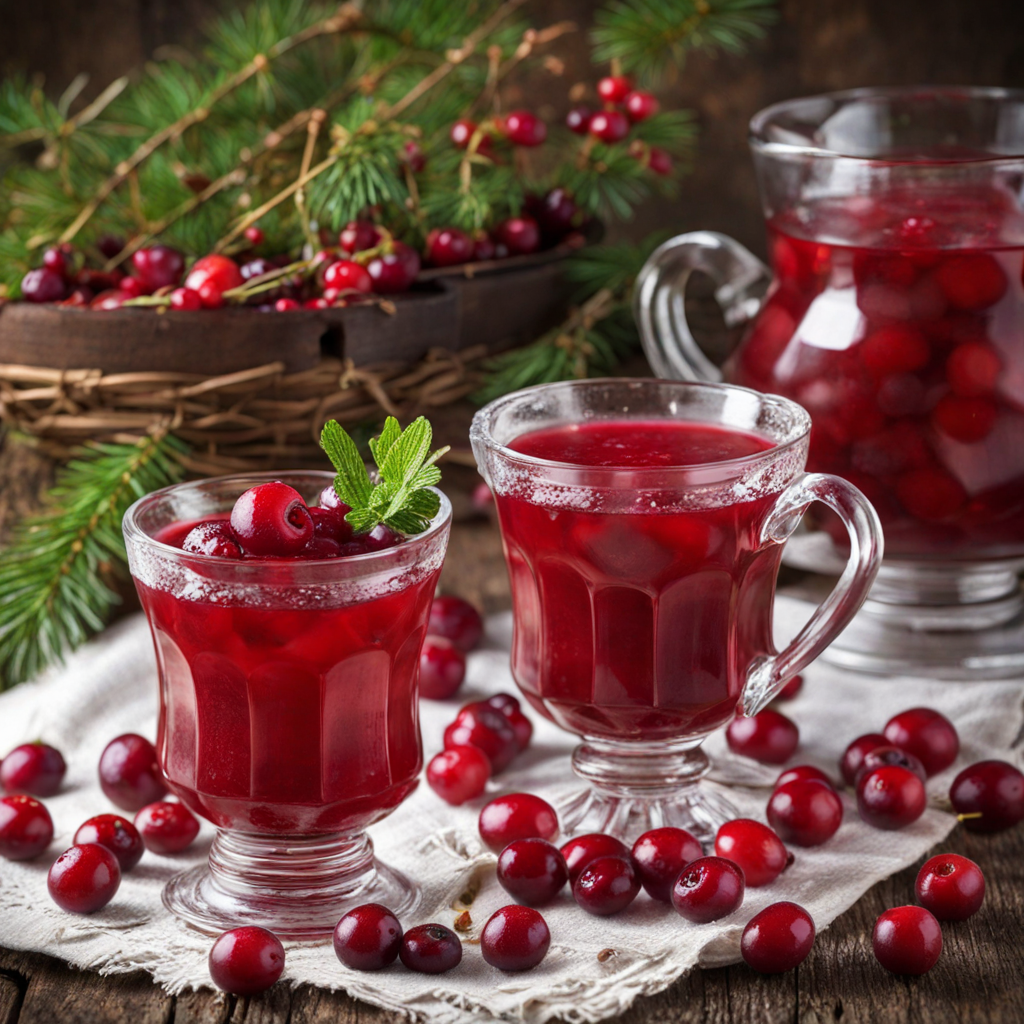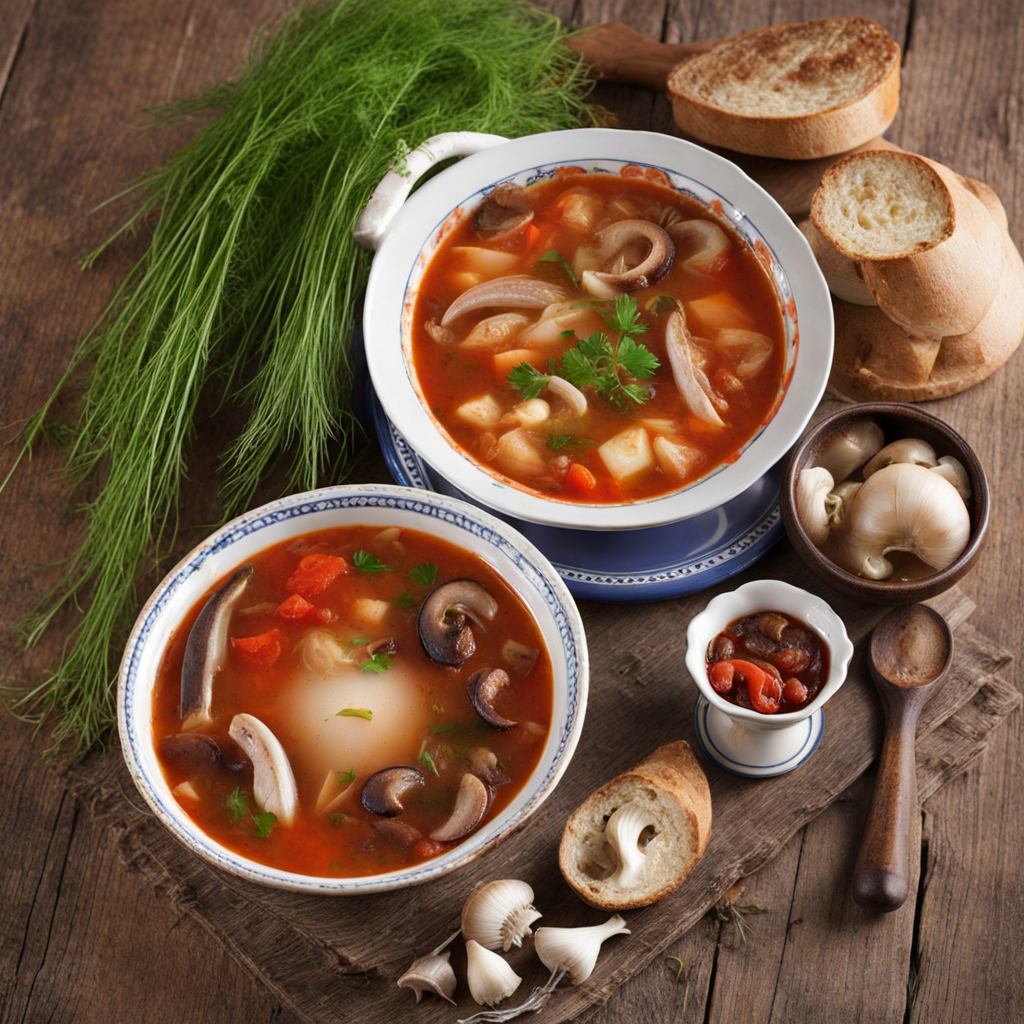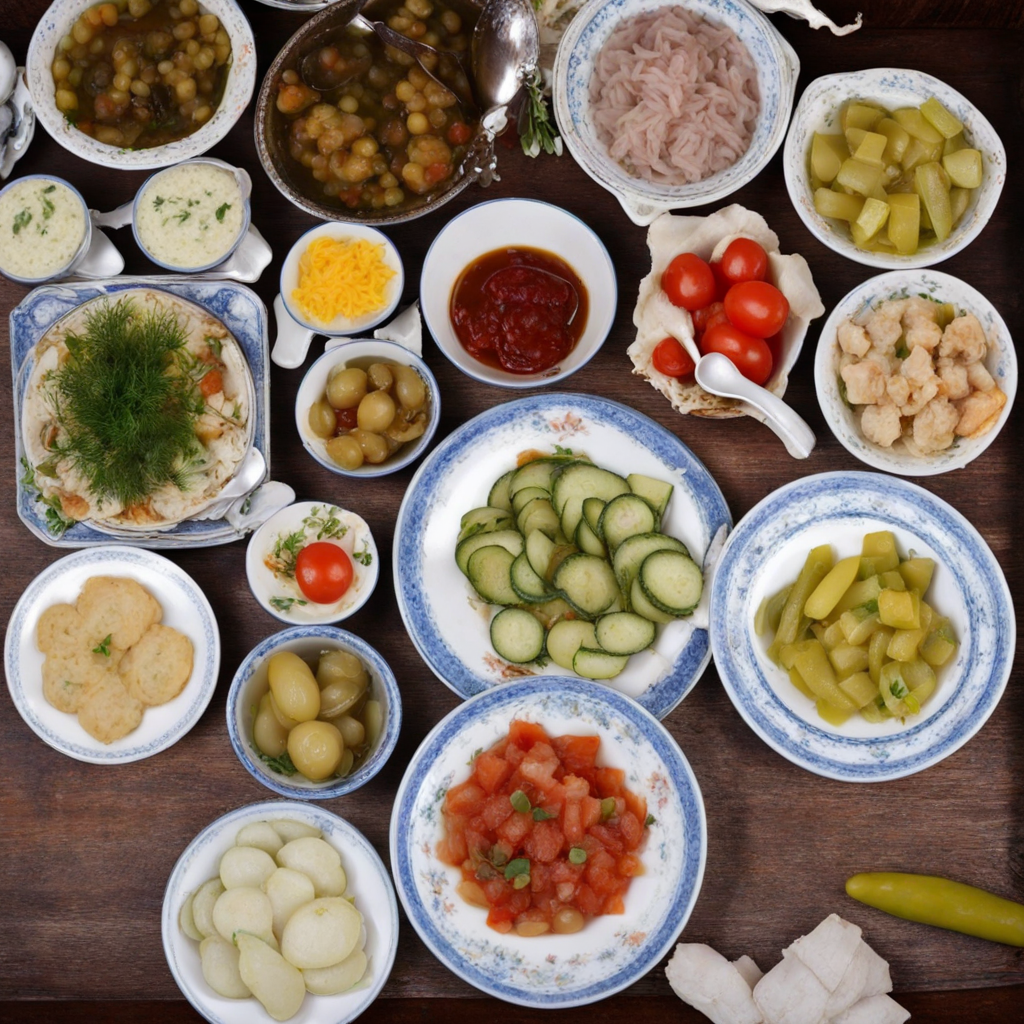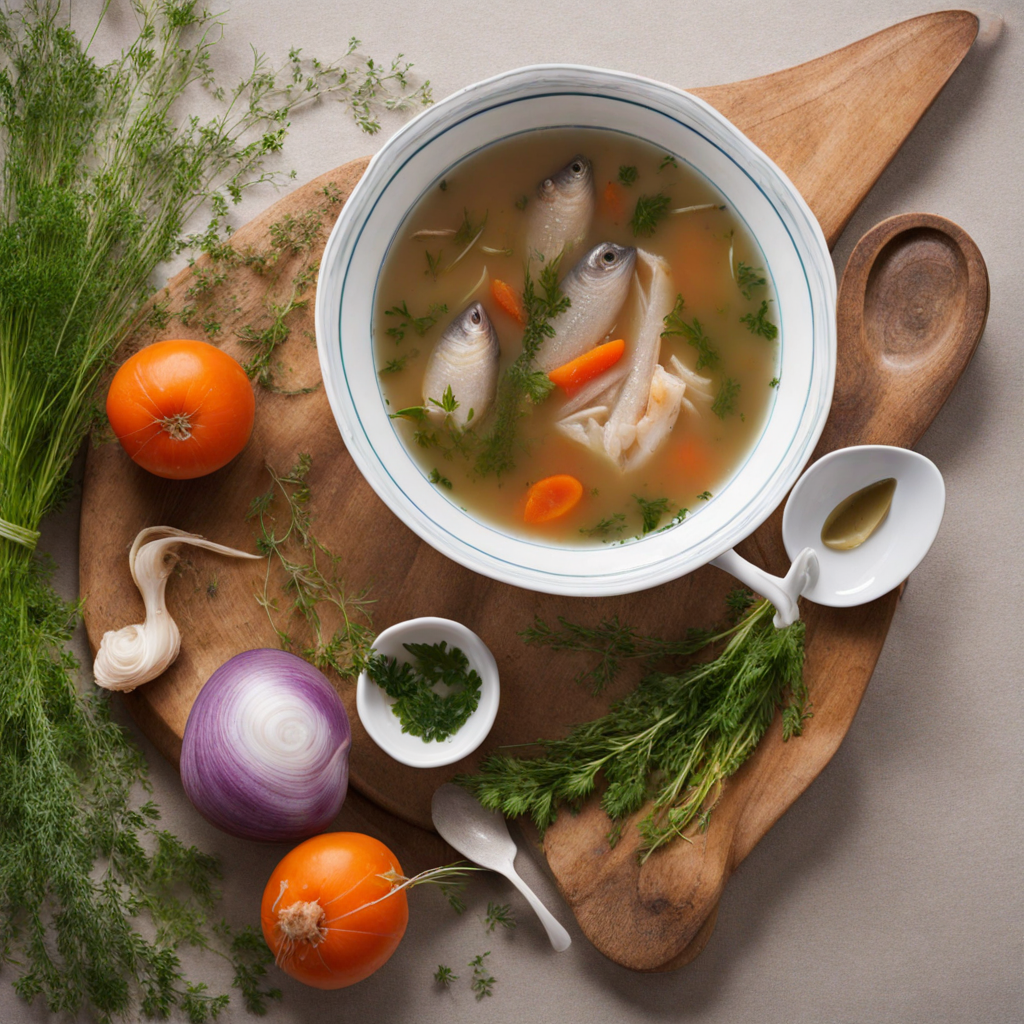Pirozhki
Pirozhki are delightful Russian pastries that are both comforting and versatile, offering a unique taste experience for those eager to explore new culinary horizons. These small, baked or fried pockets of dough are typically filled with a variety of ingredients, ranging from savory to sweet. Common fillings include minced meat, cabbage, potatoes, or mushrooms, while sweet versions may feature fruit preserves or sweetened cheese. The dough itself is soft and slightly chewy, providing the perfect contrast to the rich and flavorful fillings that await inside. The preparation of pirozhki can vary, with each region in Russia boasting its own twist on this beloved treat. They are often made with a yeast-based dough that rises beautifully, creating a light and airy texture. When baked, pirozhki develop a golden-brown crust, which encases the warm filling. When fried, they take on a crispy exterior, adding an extra layer of texture that complements the softness of the dough. These little pastries are perfect for any occasion, whether as a snack, appetizer, or even a main dish, and they are often enjoyed with a dollop of sour cream or a side of pickles. What makes pirozhki particularly appealing is their ability to adapt to different tastes and dietary preferences. Vegetarian options are plentiful, with fillings like spinach and cheese or lentils and spices, allowing everyone to indulge. Additionally, pirozhki can be enjoyed hot or at room temperature, making them a convenient choice for picnics or parties. As you take your first bite, you’ll be greeted by the aroma of the filling, the warmth of the pastry, and a burst of flavor that captures the essence of Russian home cooking. Whether you’re savoring a savory or sweet version, pirozhki promise a taste adventure that is both satisfying and memorable.
How It Became This Dish
The History of Пирожки: A Culinary Journey through Russian Culture Origins: The Birth of Пирожки The culinary legacy of Russia is rich with flavors, traditions, and stories, and among its most beloved offerings is the пирожки (pronounced "pee-rozh-kee"). These small, stuffed pastries have been a staple in Russian cuisine for centuries, originating from the humble kitchens of peasant families to become a cherished food found in both homes and high-end restaurants today. The word "пирожок" itself is derived from the Russian word "пирог," which means pie. Пирожки are typically made from a yeast dough or a shortcrust pastry and can be filled with a vast array of ingredients, including meats, vegetables, mushrooms, and sweet fillings like fruit or jam. The history of пирожки is closely tied to the broader evolution of bread in Russian culture, a staple that has sustained generations. Cultural Significance: More than Just Food In Russia, пирожки are not merely a snack or a meal; they are a symbol of hospitality and community. Traditionally, these pastries were often made for important events, such as festivals, weddings, and family gatherings. The act of preparing пирожки was often a communal effort, bringing families and neighbors together. In rural communities, women would gather to create large batches of these treats, bonding over shared recipes and stories while filling their homes with the fragrant scent of baking bread. Pирожки also hold a significant place in Russian folklore and literature. They are often mentioned in fairy tales and folk stories, symbolizing abundance and nurturing. The famous Russian author Anton Chekhov, for example, used пирожки as a motif in his works to evoke a sense of home and warmth. In this way, пирожки transcend mere sustenance; they embody the spirit of Russian life, culture, and the deep connection to the land and its resources. Development Over Time: Evolution of the Recipe The evolution of пирожки can be traced back to the medieval period when the concept of filling dough with various ingredients first emerged. Early forms of пирожки were likely simple and utilitarian, serving as a means to preserve leftover food. As time passed, the fillings grew more diverse, influenced by regional ingredients and culinary traditions. During the 18th and 19th centuries, as Russia underwent significant social and economic changes, especially during the reign of Peter the Great and later Catherine the Great, the culinary landscape began to reflect these shifts. The influx of Western European culinary techniques and ingredients introduced new flavors and methods to Russian kitchens. The introduction of puff pastry, for example, allowed for a lighter, flakier version of пирожки that became popular in urban centers. By the 20th century, пирожки had firmly established themselves in Russian cuisine, with countless variations emerging across different regions. In cities like Moscow and St. Petersburg, street vendors began selling пирожки filled with an array of ingredients, catering to the bustling urban population. The Soviet era further transformed пирожки into a symbol of national identity. During this time, many traditional recipes were standardized, and fillings became more uniform, with popular choices including potato, cabbage, and meat. Modern Interpretations: A Culinary Renaissance With the collapse of the Soviet Union in the early 1990s, Russian cuisine experienced a revival as chefs began to explore and experiment with traditional foods. This resurgence of interest in local ingredients and regional flavors has led to a renaissance of пирожки, with contemporary interpretations appearing on menus across the country. Modern chefs have taken liberties with traditional fillings, incorporating international flavors and global culinary techniques. For example, you might find пирожки filled with spicy curries, gourmet cheeses, or even desserts like Nutella or matcha. This fusion reflects the dynamic nature of Russian cuisine today, where tradition and innovation coexist harmoniously. Additionally, the growing interest in artisanal and homemade foods has led to a renewed appreciation for the craft of making пирожки. Some bakers and food enthusiasts are returning to traditional techniques, using organic ingredients and time-honored methods to create these pastries, thereby preserving the cultural heritage while adapting to modern tastes. Celebration and Connection: Пирожки in the Contemporary World Today, пирожки continue to be a beloved food in Russia and among Russian communities worldwide. They are often prepared for holidays such as Maslenitsa (a week-long festival celebrating the end of winter) and Easter, where they symbolize the joy of spring and the celebration of life. The versatility of пирожки allows them to be enjoyed in various settings, from casual gatherings to formal celebrations. In contemporary society, the act of making и sharing пирожки has become a way for families to connect with their heritage, passing down recipes from generation to generation. The process of kneading dough and filling it with cherished ingredients is not just about sustenance; it is about preserving memories and creating new ones. Moreover, the rise of social media has allowed home cooks and professional chefs alike to showcase their пирожки creations, sharing recipes, tips, and stories that celebrate this traditional dish. Online communities dedicated to Russian cuisine have fostered a global appreciation for пирожки, encouraging people from different cultures to explore and enjoy this delightful pastry. Conclusion: A Timeless Treasure The history of пирожки is a testament to the resilience and creativity of Russian culinary traditions. From their humble beginnings as a means of sustenance to their status as a cherished symbol of hospitality and community, пирожки have evolved while remaining deeply rooted in the cultural fabric of Russia. As they continue to adapt to modern tastes and trends, these delicious pastries remind us of the importance of food in connecting us to our heritage, our loved ones, and to each other. Thus, whether enjoyed at a festive gathering or as a simple snack, пирожки remain a timeless treasure in the heart of Russian cuisine.
You may like
Discover local flavors from Russia


